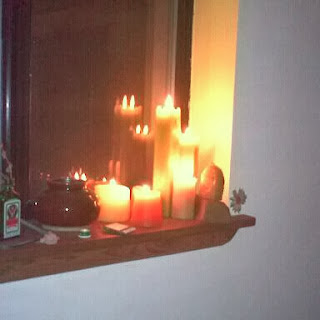Reiki Styles

There was a discussion on Linkdin recently following the inquiry "are there different styles of Reiki?" Yes & no! There have been many different branches, since Mikao Usui brought it forward more than 100 years ago. This article provides an interesting overview of the history in Japan, plus some of the Western modifications & modifiers! Usui's focus (Usui-Do) was on a spiritual system rather than hands-on healing, and many of his students were Buddhist monks and nuns, including his neice Suzuki-san, Yuri-in (who lived past 100), & Tenon-in (aka Mariko-Obaasan) who in died in 2005 at 107. Research, practice and a traditional fast granted Usui a high level of Ki. Around 1925, Usui-Sensei began 'renting out his dojo to others,' who would present their own lessons. Senior students Toshihiro Eguchi & Dr. Chuujiro Hayashi both explored healing, & included hand healing concepts and an energy transfer ceremony in their own teachings. Spirit